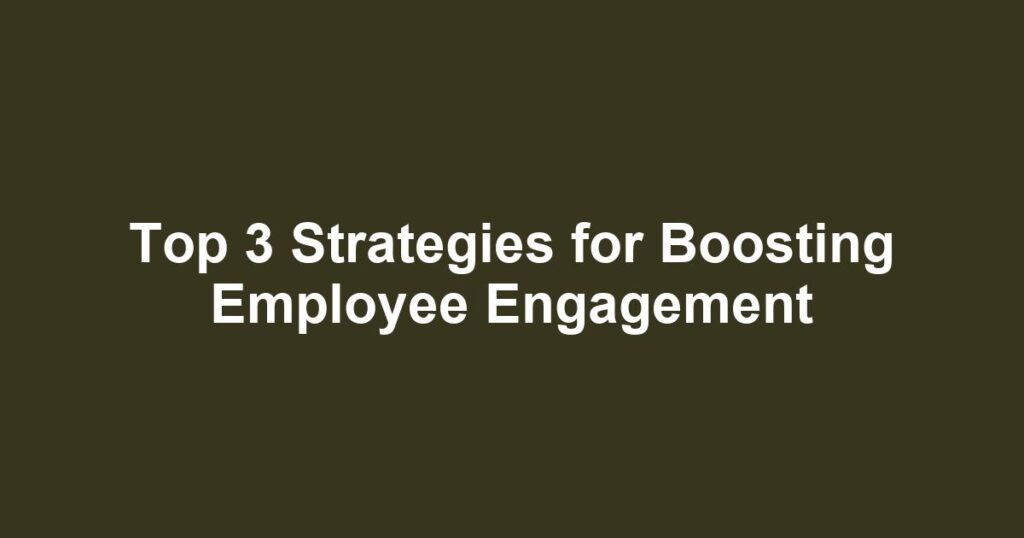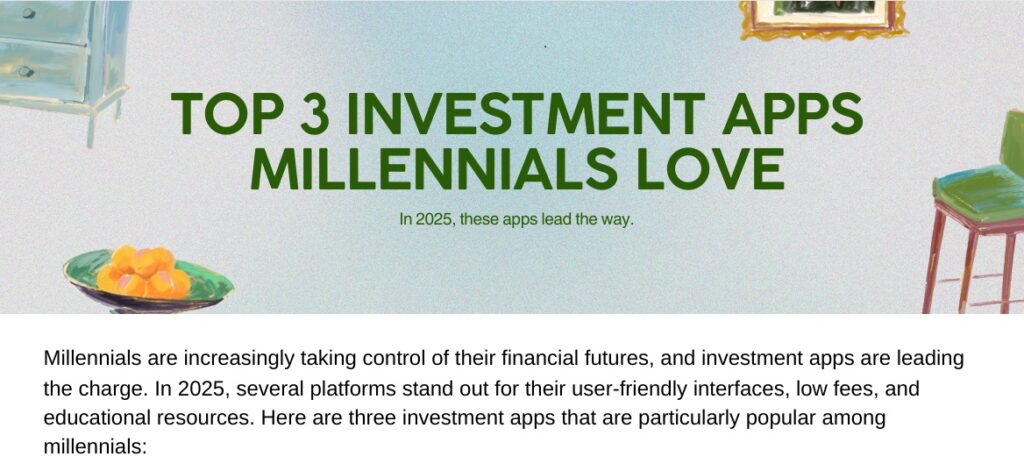Top 3 Strategies for Boosting Employee Engagement
In today’s fast-paced business environment, fostering strong employee engagement is essential for the success of any organization. Not only does it enhance productivity, but it also helps in retaining top talent and building a positive workplace culture. So, how can HR and business leaders implement effective strategies to boost employee engagement? In this article, we will explore the top three strategies to transform your workplace and keep your team motivated and connected.
Understanding Employee Engagement
What is Employee Engagement?
Employee engagement refers to the emotional commitment that employees have towards their organization and its goals. Engaged employees are motivated to contribute to the overall success of the business and are more likely to go the extra mile in their roles. This level of commitment leads to higher performance, reduced turnover, and a better overall workplace environment.
Why Does Employee Engagement Matter?
Employee engagement is crucial for several reasons:
- Enhanced Productivity: Engaged employees are more productive and demonstrate better performance.
- Lower Turnover Rates: Organizations with higher engagement levels experience lower employee turnover.
- Positive Work Culture: Engagement fosters a supportive and collaborative work environment.
Strategy 1: Foster Open Communication
How to Foster Open Communication?
Open communication is the cornerstone of employee engagement. When employees feel heard and valued, they are more motivated to contribute positively. Here are some practical steps that HR can take:
- Regular Check-ins: Schedule one-on-one meetings with employees to discuss their progress, concerns, and feedback.
- Feedback Channels: Create formal and informal channels where employees can voice their ideas and suggestions.
- Transparency in Decisions: Keep employees informed about company developments, decisions, and changes.
Tools for Effective Communication
Utilize various tools to enhance communication, such as:
- Collaborative Platforms: Use tools like Slack or Microsoft Teams to facilitate team communication.
- Surveys and Polls: Regular surveys can gauge employee sentiments and suggestions.
- Intranet or Forums: Create an internal platform where employees can share ideas and engage with one another.
Strategy 2: Invest in Employee Development
Why is Employee Development Important?
Investing in employee development signals that the organization values its employees’ growth. When businesses prioritize growth opportunities, it leads to higher engagement and a more competent workforce.
How to Implement Development Programs?
- Training and Workshops: Provide regular training sessions to equip employees with necessary skills and knowledge.
- Mentorship Programs: Pair employees with mentors to guide their career advancement and personal development.
- Career Advancement Paths: Clearly outline potential career paths and opportunities within the company.
Additional Resources
Consider offering resources such as:
- Online Courses: Providing subscriptions to platforms like Coursera or LinkedIn Learning.
- Conferences and Networking Events: Encourage employees to attend relevant industry events.
- Book Allowance: Offer an allowance for books that promote personal growth or professional skills.
Strategy 3: Recognize and Reward Achievements
How to Effectively Recognize Employees?
Recognition is a vital aspect of employee engagement. When employees feel appreciated, their motivation and loyalty to the organization increase significantly. Here are some strategies to implement effective recognition programs:
- Real-Time Recognition: Use platforms like Bonusly to allow peer-to-peer recognition.
- Acknowledge Milestones: Celebrate work anniversaries, project completions, and personal achievements publicly.
- Create a Reward System: Develop a rewards system that provides tangible benefits for outstanding performance.
Types of Recognitions
Different types of recognition can be implemented to keep employees engaged, including:
- Verbal Praise: A simple “thank you” can go a long way.
- Public Recognition: Feature top performers in company newsletters or meetings.
- Financial Incentives: Offer bonuses, gift cards, or additional paid time off for exceptional work.
Conclusion: Taking the Next Step
Boosting employee engagement is an ongoing process that requires attention and effort from HR and business leaders. By implementing these three strategies—fostering open communication, investing in employee development, and recognizing achievements—companies can create a motivated and productive workforce. Remember, engaged employees not only benefit the organization but also contribute to an enriching workplace culture.
Are you ready to take your employee engagement initiatives to the next level? Start with one of these strategies today and watch as your team becomes more connected, productive, and fulfilled.
Call to Action
If you found this article helpful, consider implementing these strategies in your organization and share your experiences. Feel free to comment below or reach out with questions about employee engagement!

